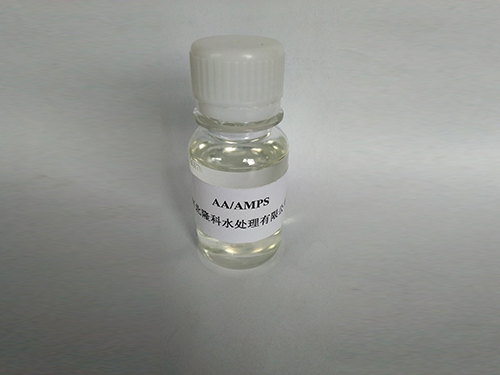polyaspartic acid structure
The Fascinating Structure and Applications of Polyaspartic Acid
Polyaspartic acid, a derivative of aspartic acid, has garnered significant attention in the fields of biochemistry and materials science due to its unique structure and versatile properties. As a polyamino acid, polyaspartic acid is characterized by its repeating units of aspartic acid, which is an α-amino acid with the formula C4H7NO4. This polymer is primarily known for its carboxyl groups, which play a critical role in its reactivity and interaction with various compounds.
The Fascinating Structure and Applications of Polyaspartic Acid
One of the most interesting features of polyaspartic acid is its biodegradability, which makes it an attractive alternative to traditional synthetic polymers. This characteristic has led to research into its applications in biodegradable plastics and environmentally friendly coatings. Moreover, the presence of the carboxylate groups allows polyaspartic acid to interact favorably with metal ions, making it useful in water treatment processes where it helps prevent scale deposits and facilitates the removal of heavy metals.
polyaspartic acid structure

In the realm of biomedical applications, polyaspartic acid has emerged as a potential candidate for drug delivery systems and tissue engineering scaffolds. The biocompatibility and low toxicity of this polymer make it suitable for various applications, including controlled release formulations for anti-cancer drugs and regenerative medicine. Researchers have explored ways to modify the polyaspartic acid structure with functional groups to improve its interaction with biological molecules, enhancing its efficacy in medical applications.
Furthermore, polyaspartic acid's remarkable ability to form hydrogels has opened doors for its use in the cosmetic and personal care industries. These hydrogels are known for their moisture-retaining properties, making them a popular ingredient in skin care products. The polymer's soft texture and hydrophilicity provide a smooth application, improving the overall user experience in cosmetic formulations.
In conclusion, the structure of polyaspartic acid, marked by its versatility and functional groups, positions it as a promising material with a wide range of applications. From its use in environmentally friendly products to advanced biomedical technologies, polyaspartic acid demonstrates the potential to contribute significantly to various fields. As research continues to uncover further insights into its properties and potential modifications, polyaspartic acid could play an increasingly vital role in the development of sustainable materials and innovative solutions that address contemporary challenges.
-
Water Treatment with Flocculant Water TreatmentNewsJun.12,2025
-
Polymaleic AnhydrideNewsJun.12,2025
-
Polyaspartic AcidNewsJun.12,2025
-
Enhance Industrial Processes with IsothiazolinonesNewsJun.12,2025
-
Enhance Industrial Processes with PBTCA SolutionsNewsJun.12,2025
-
Dodecyldimethylbenzylammonium Chloride SolutionsNewsJun.12,2025





